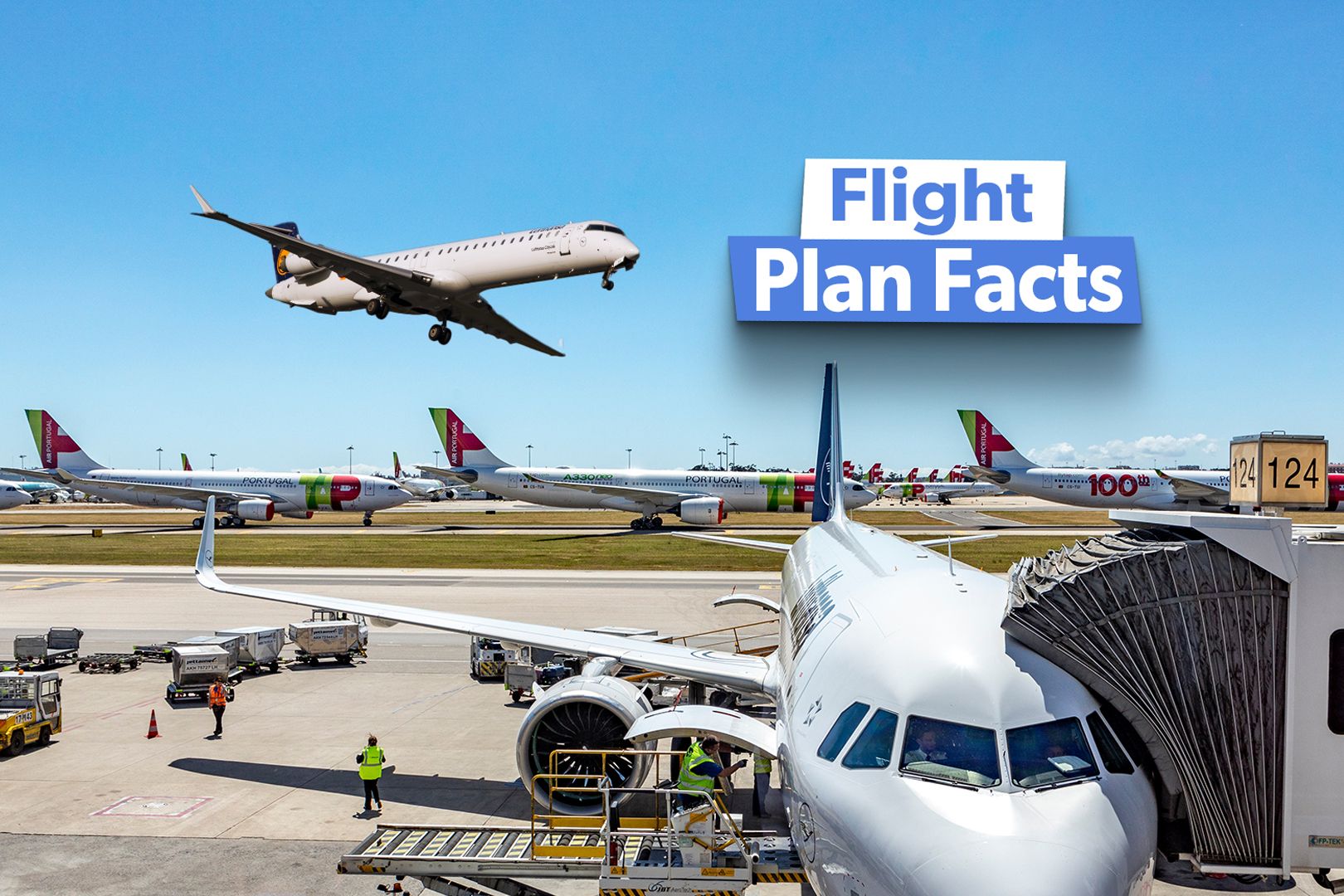The first step in the incredibly complex process of transporting passengers by air from an origin to a destination is the composition of a flight plan. The flight plan is a lengthy legal and informational document that contains much more than just the routing for the flight. Flight plans are assembled by highly trained and licensed dispatchers who make the plan available to pilots anywhere from 90 minutes to an hour before departure.
Flight plans are the framework for every commercial airline departure, and this article will identify some of the critical elements of a flight plan and talk about what is contained in each one. Header and release How a flight plan is organized depends on how the airline has formatted its flight planning software. While many differences exist from company to company, the first part of any flight plan usually shares commonalities.
Primarily, the flight number, the origin and destination, the aircraft registration, the flight time, and the pilots are almost always listed near the beginning of the flight plan. These items are some of the most important, so they appear at the front of the plan. For example, one of the first things pilots should do when they arrive on the flight deck is to ensure the plane's tail number listed on the flight plan is the same plane they are sitting on.
Believe it or not, flights sometimes depart using the wrong plane if there is a communication mix-up about which gate the plane was parked at. The "release" is usually co.


















